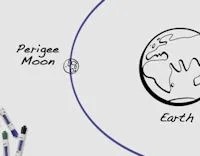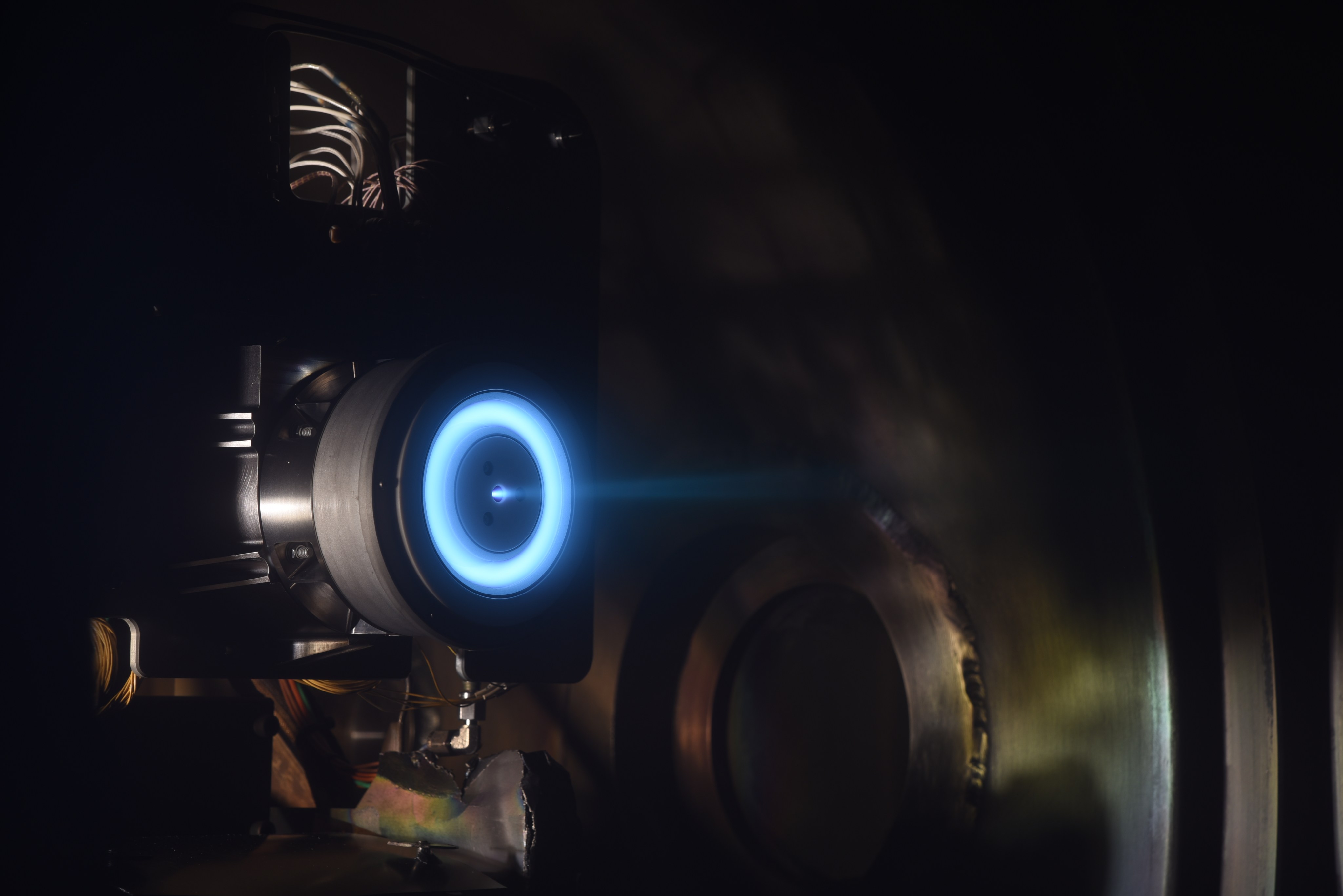3 min read
July 10, 2014: In June of last year, a full Moon made headlines. The news media called it a "supermoon" because it was 14% bigger and 30% brighter than other full Moons of 2013. Around the world, people went outside to marvel at its luminosity.
If you thought one supermoon was bright, how about three….? The full Moons of summer 2014—July 12th, August 10th, and Sept. 9th--will all be supermoons.
A new ScienceCast video counts the supermoons of summer 2014.
The scientific term for the phenomenon is "perigee moon." Full Moons vary in size because of the oval shape of the Moon's orbit. The Moon follows an elliptical path around Earth with one side ("perigee") about 50,000 km closer than the other ("apogee"). Full Moons that occur on the perigee side of the Moon's orbit seem extra big and bright.
This coincidence happens three times in 2014. On July 12th and Sept 9th the Moon becomes full on the same day as perigee. On August 10th it becomes full during the same hour as perigee—arguably making it an extra-super Moon."
It might seem that such a sequence must be rare. Not so, says Geoff Chester of the US Naval Observatory.
"Generally speaking, full Moons occur near perigee every 13 months and 18 days, so it's not all that unusual," he says. "In fact, just last year there were three perigee Moons in a row, but only one was widely reported."
In practice, it's not always easy to tell the difference between a supermoon and an ordinary full Moon. A 30% difference in brightness can easily be masked by clouds and haze. Also, there are no rulers floating in the sky to measure lunar diameters. Hanging high overhead with no reference points to provide a sense of scale, one full Moon looks about the same size as any other.
Chester expects most reports of giant Moons this summer to be … illusory.

Perigee is the point in the Moon's elliptical orbit closest to Earth.
Diagrams:
,
“The ‘Moon Illusion’ is probably what will make people remember this coming set of Full Moons, more than the actual view of the Moon itself,” he says.
The illusion occurs when the Moon is near the horizon. For reasons not fully understood by astronomers or psychologists, low-hanging Moons look unnaturally large when they beam through trees, buildings and other foreground objects. When the Moon illusion amplifies a perigee Moon, the swollen orb rising in the east at sunset can seem super indeed.
"I guarantee that some folks will think it's the biggest Moon they've ever seen if they catch it rising over a distant horizon, because the media will have told them to pay attention to this particular one," says Chester.
"There's a part of me that wishes that this 'super-Moon' moniker would just dry up and blow away, like the 'Blood-Moon' that accompanied the most recent lunar eclipse, because it tends to promulgate a lot of mis-information," admits Chester. "However, if it gets people out and looking at the night sky and maybe hooks them into astronomy, then it's a good thing."
Indeed it is.
Mark your calendar--July 12th, August 10th, and Sept. 9th –and enjoy the super-moonlight.







